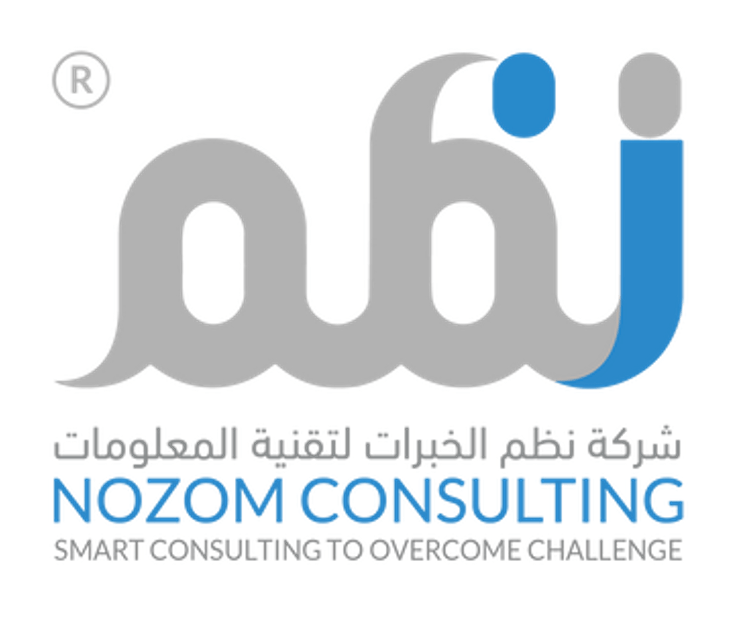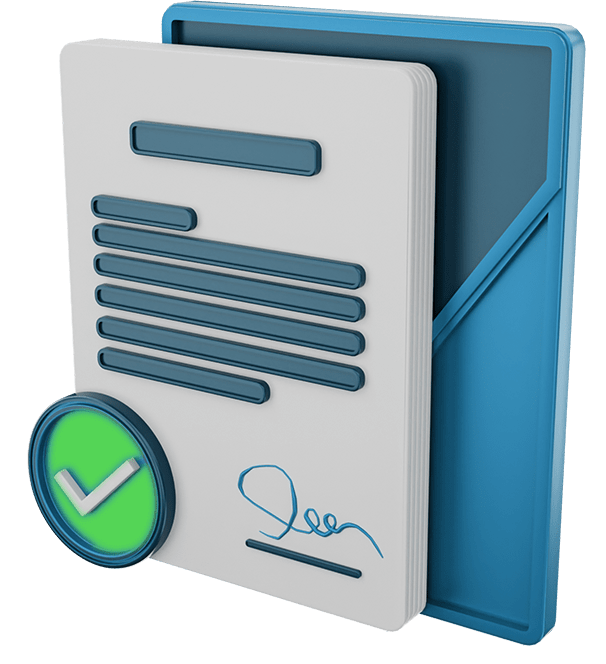Governance
A clear model for who decides what, how value is tracked, and how risks are controlled, so digital programs deliver.
Why it matters
Transformation succeeds when decision rights are explicit, portfolio choices are evidence-based, and benefits are tracked—not just activities. Saudi public entities benefit from aligning governance with Vision 2030 and the Digital Government Strategy 2023–2030, which emphasize coherent, citizen-centric services and measurable outcomes.
Data-handling within programs should reflect SDAIA/NDMO standards (ownership, classification, sharing, protection). For IT/digital oversight, recognized guidance such as ISO/IEC 38500 and COBIT provide decision principles and roles. Benefits tracking draws on PMI’s Benefits Realization practice.
How governance is set up
- Decision model & forums: Define what decisions are made, where, and by whom (strategy, funding, architecture, risk). Document RACI/decision rights and escalation paths. (ISO/IEC 38500 emphasizes organizational decision clarity.)
- Portfolio governance: Establish a stage-gate or flow-based review with business cases, KPIs, and risk/benefit assessments; prioritize based on value and readiness. (COBIT and PMI BRM concepts.)
- Benefits realization: Define expected outcomes, owners, baselines, and tracking cadence; maintain a benefits register linked to initiatives and reviews. (PMI BRM guidance.)
- Performance cadence: Run monthly/quarterly reviews with a concise KPI pack (value, cost, risk, progress) and agreed corrective actions.
- Risk & compliance integration: Connect program risks and compliance obligations to governance checkpoints; ensure issues and decisions are logged. (COBIT’s governance objectives.)
- Data governance touchpoints: Apply NDMO data standards to projects that process personal or government data—classification, access, sharing, logging, retention.
- Architecture & standards interface: Reference an architecture/design-authority checkpoint without duplicating EA content; confirm alignment to target standards before major commitments. (Keep detail on the EA pages.)
- Documentation & evidence: Maintain decision logs, approvals, variances, and benefits status as audit evidence and for continuity across cycles.
- Public-sector alignment (as needed): Cross-reference governance to Digital Government Strategy 2023–2030 objectives used by oversight bodies.
What you get
- Governance model with decision rights, forum charters, and escalation paths.
- Portfolio review pack (templates for business case, KPI set, risk/benefit view).
- Benefits register & cadence (owners, baselines, measures, review rhythm).
- KPI dashboard outline for monthly/quarterly reporting.
- Risk & compliance integration notes and a decision/evidence log.
- Data-standards checklist aligned to SDAIA/NDMO for in-scope projects.










